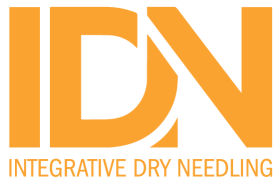Dry Needling for the Treatment Of Tension-Type, Cervicogenic, or Migraine Headaches: a Systematic Review and Meta-Analysis.
Phys Ther. 2021 Feb 19;:
Authors: Pourahmadi M, Dommerholt J, Fernández-de-Las-Peñas C, Koes BW, Mohseni-Bandpei MA, Mansournia MA, Delavari S, Keshtkar A, Bahramian M
Abstract
OBJECTIVE: Dry needling is a treatment technique used by clinicians to relieve symptoms in patients with tension-type headache (TTH), cervicogenic headache (CGH), or migraine. This systematic review’s main objective was to assess the effectiveness of dry needling on headache pain intensity and related-disability in patients with TTH, CGH, or migraine.
METHODS: Medline/PubMed, Scopus, Embase®, PEDro, WoS, Ovid, AMED/EBSCO, CENTRAL, Google Scholar, and trial registries were searched until April 1, 2020, along with reference lists of eligible studies and related reviews. Randomized clinical trials or observational studies that compared the effectiveness of dry needling with any other interventions were eligible for inclusion. Three reviewers independently selected studies, extracted data, and assessed risk of bias. Random-effects meta-analyses were performed to produce pooled-effect estimates (Morris’s dppc2) and their respective confidence intervals.
RESULTS: Of 2715 identified studies, 11 randomized clinical trials were eligible for qualitative synthesis and 9 for meta-analysis. Only four trials were of high quality. Very low-quality evidence suggested that dry needling is not statistically better than other interventions for improving headache pain intensity at short-term in patients with TTH (SMD -1.27, 95% CI -3.56 to 1.03, n = 230), CGH (SMD -0.41, 95% CI -4.69 to 3.87, n = 104), or mixed headache (TTH and migraine; SMD 0.03; 95% CI -0.42 to 0.48, n = 90). Dry needling provided significantly greater improvement in related-disability at short-term in patients with TTH (SMD -2.28, 95% CI -2.66 to -1.91, n = 160) and CGH (SMD -0.72, 95% CI -1.09 to -0.34, n = 144). The synthesis of results showed that dry needling could significantly improve headache frequency, health-related quality of life, trigger point tenderness, and cervical range of motion in TTH and CGH.
CONCLUSIONS: Dry needling produces similar effects to other interventions for short-term headache pain relief, whereas dry needling seems to be better than other therapies for improvement in related-disability in the short-term.
IMPACT: Although further high methodological quality studies are warranted to provide a more robust conclusion, our systematic review suggested that for every one to two patients with TTH treating by dry needling, one patient will likely show decreased headache intensity (NNT = 2; large effect) and improved related-disability (NNT = 1; very large effect). In CGH, for every three to four patients treating by dry needling, one patient will likely exhibit decreased headache intensity (NNT = 4; small effect) and improved related-disability (NNT = 3; medium effect).
PMID: 33609358 [PubMed – as supplied by publisher]


